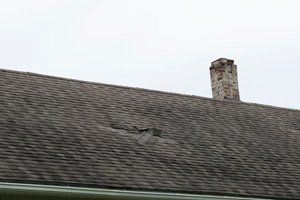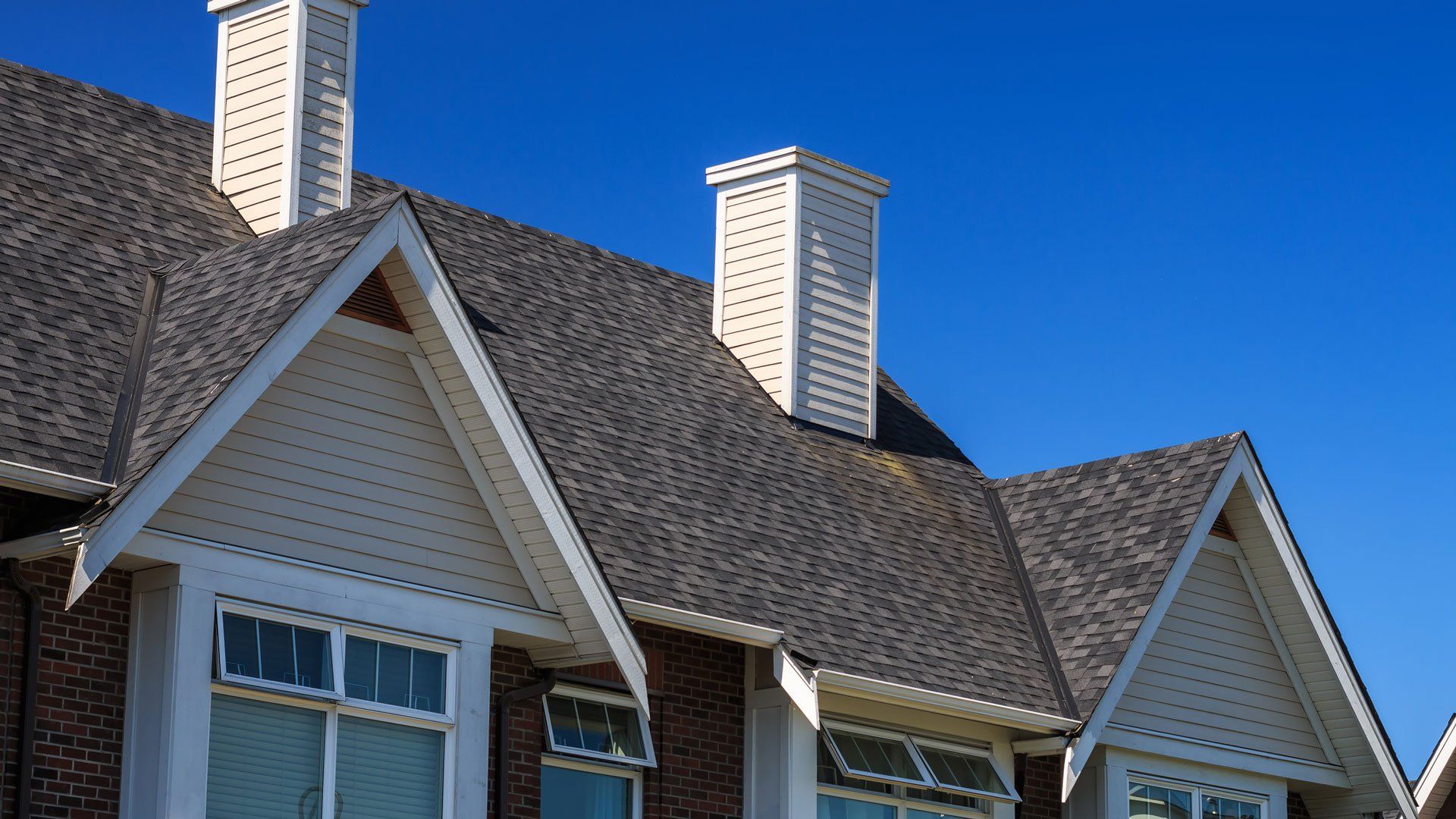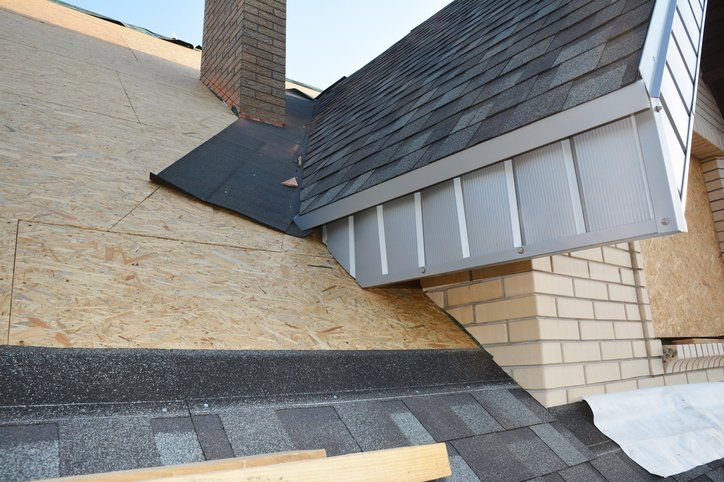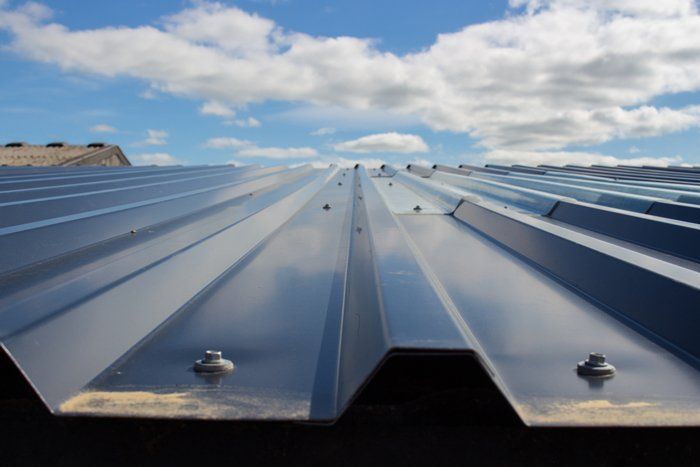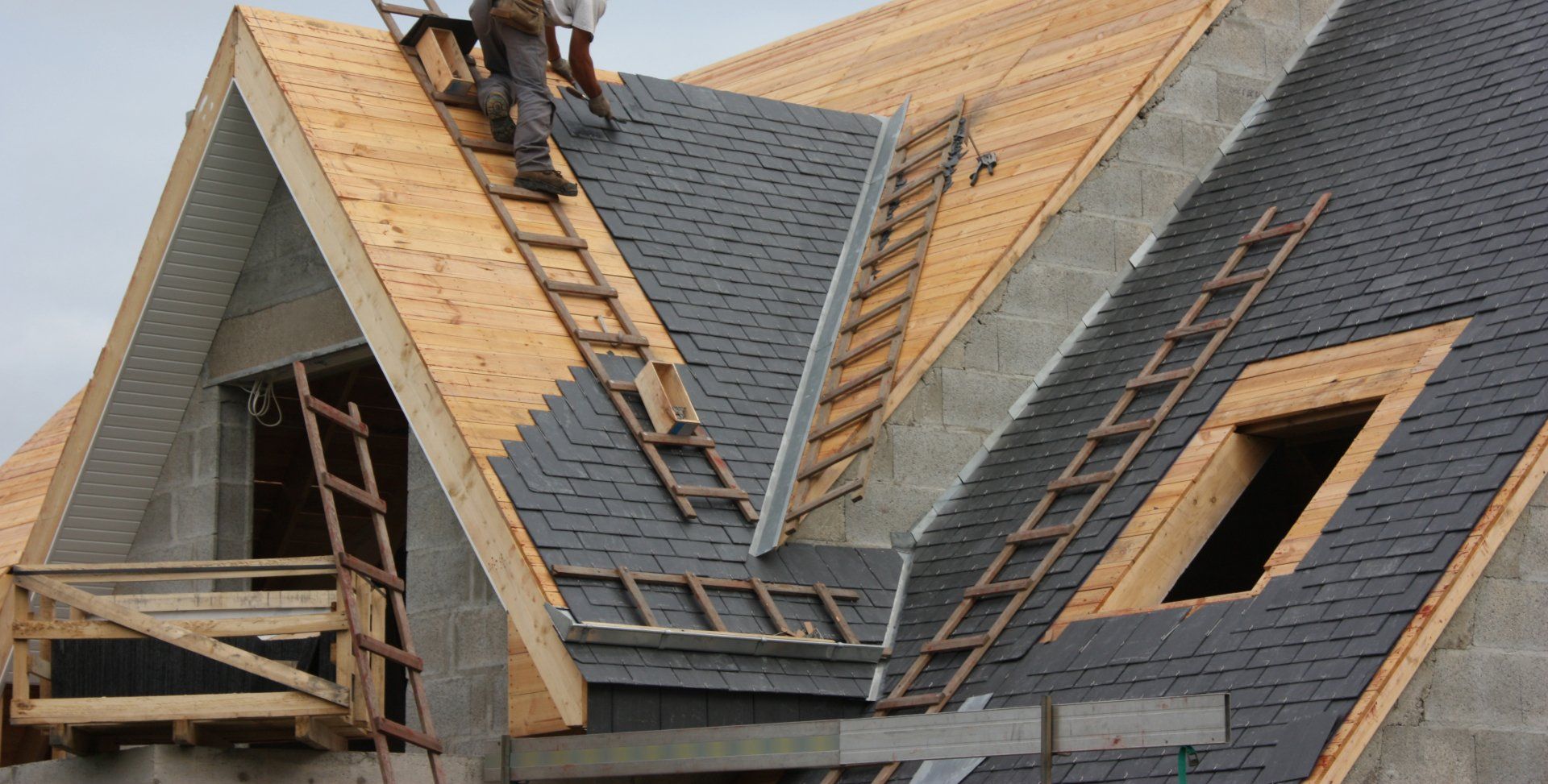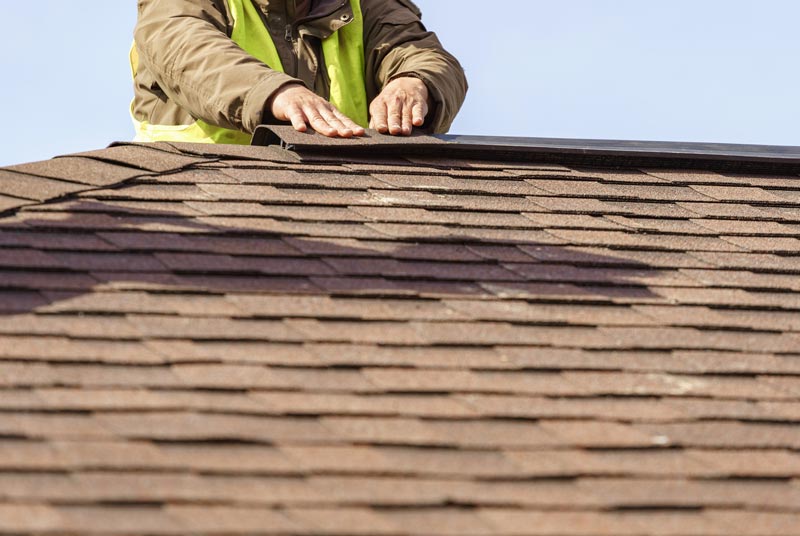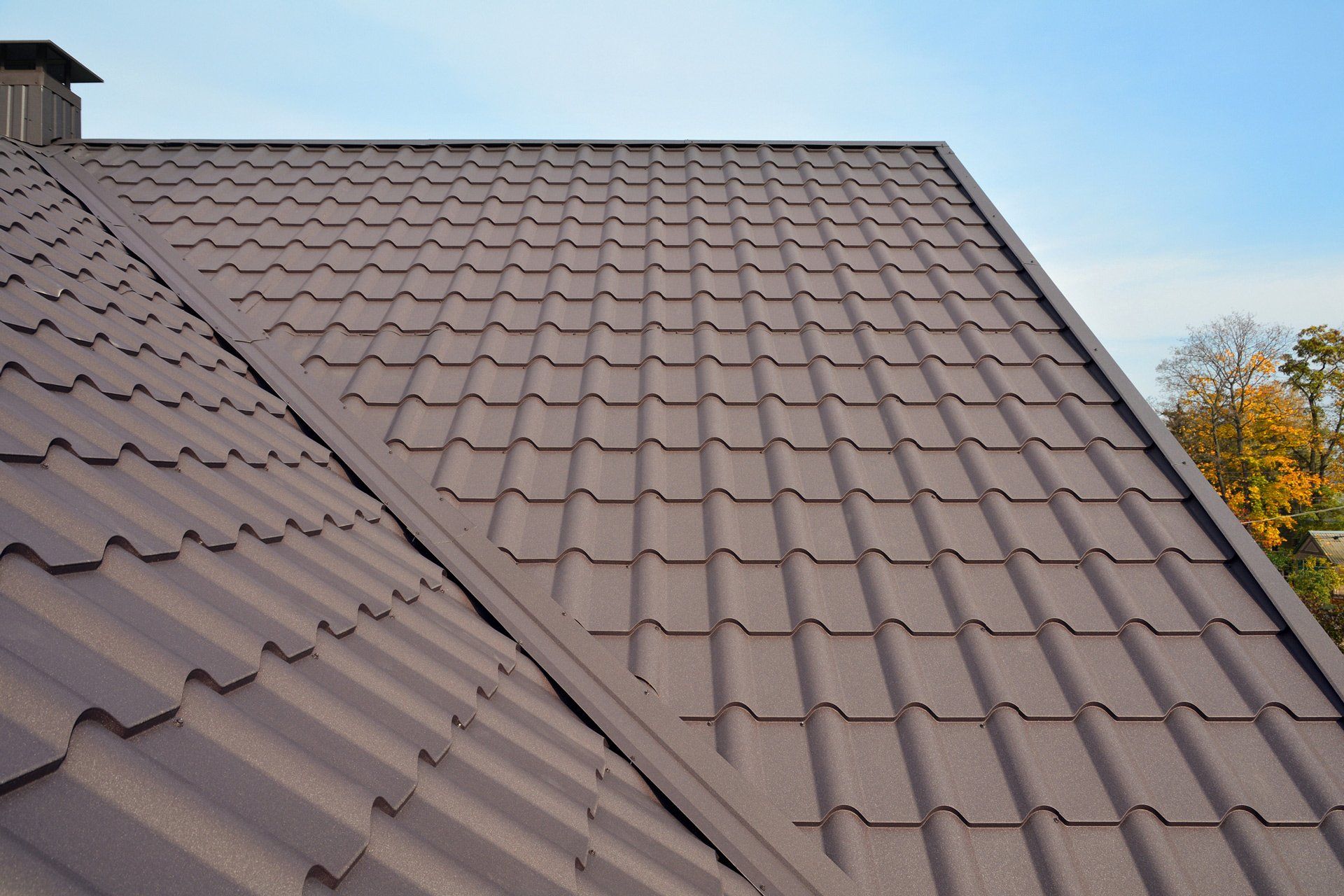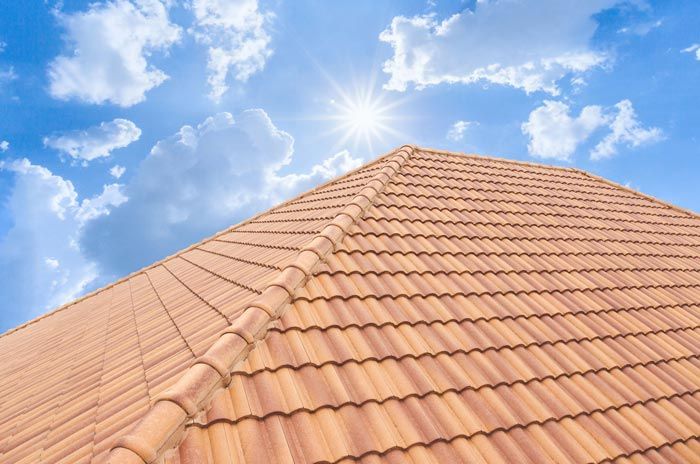LEAKY ROOF? THE WHATS, WHYS, AND WHERES
Admin • February 14, 2018
The roof over your head does everything it can to protect you from the elements, keeping the wet weather where it should be — outside. But like everything in life, your roof isn't perfect. Even the most durable roof can leak at some point in its lifespan.
While a leak may not signal that you need a full replacement, it is cause for an immediate repair. Before anyone can fix the leak, you need to know where the water is coming from. Obviously, it's coming from up above, but that's not specific enough for the pros to make the correct repair.
There are several different places where a roof can leak, and many different reasons for water to come into your home. If you have a drip in your attic or a splash that's streaming down your second-floor walls, or if your roof isn't keeping the weather outside where it belongs, take a look at the possible culprits behind a leaky roof.
Cracks and Damage
Damage to shingles or another roofing material is one of the most common causes of leaks. Shingles act as barriers against water. When the barrier breaks, water gets through and goes places it shouldn't.
How does roof damage happen? There are more than a few ways that your roof can sustain damage. A strong storm or windy weather can send branches, rocks, and other debris flying into your roof. The impact can cause cracks, tears, holes, and other damage.
Along with wild weather, pests can also cause damage to your roof. Critters, creatures, and creepy-crawlies can eat their way through your roof, causes holes that allow water in. They can also scratch the roof's surface or nest in the roof, which can corrupt the roof's surface and destroy the water-tight barrier.
Damage-related leaks can happen anywhere on your roof. You may notice missing shingles, gaps, or areas with obvious cracks. Keep in mind, the location of the leak may not fall directly under the hole or bare spot. Even though the water can enter through the break in your roof, it can stream elsewhere before coming in.
A professional roofing contractor can determine if the damage is causing the leak or there's another issue going on.
Flashing Issues
The shingles or other roofing material isn't always the problem. In some cases, the roof flashing may be the issue. Flashing is the metal part of your roof that covers gaps and seams. You'll find it along the chimney line and possibly on other parts of your roof where two pieces or two types of materials come together.
If the flashing is worn or damaged, it doesn’t completely cover the gap or seam that it's supposed to protect, which allows water to seep in and cause leaks. A roofing contractor can assess the flashing and recommend a repair.
Some homes may also have water issues if the flashing wasn't properly installed. Flashing that is too short or doesn't completely overlap the area it has to cover won't efficiently keep water out. If this is your roof's problem, the roofer may need to replace the flashing in order to size it correctly.
Excessive Wear
Even the best roof won't last forever. Asphalt shingle roofing typically lasts for 20 years. Keep in mind, this isn't an absolute lifespan. Some asphalt shingles last for less time, while others may stand up to the elements for much longer than two decades. On the upper end of the roofing lifespan spectrum, metal can last for 40 to 80 years, and clay/concrete can have a lifespan of more than a century.
The longer a roof stays on a house, the more wear and tear it’s subject to that can cause shingles to fall off or other materials to deteriorate. The result might be a leak that can happen all over or in one specific part of the roof.
Do you have a leaking roof? Whittle's Roofing Co., Inc.
can help. Visit our website today to see what we can do for your roof.
Every homeowner needs to fully understand all the parts of their roof. Learn about four important features so you can protect your roof.

